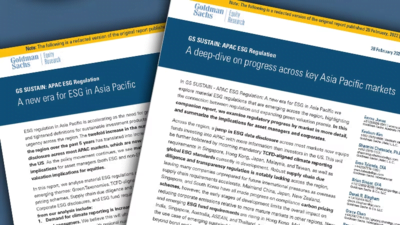Research Summary
The report discusses the current state of the US oil supply, focusing on the Permian basin’s role in driving growth. It highlights the impact of capital discipline among US oil producers, the decreasing elasticity of US supply, and the projected slowdown of US liquids supply growth. The report also emphasizes the role of OPEC in balancing the market and the potential risks to oil prices.
Key Takeaways
US Oil Supply and the Role of the Permian Basin
- US as a Key Oil Supplier: The US has been a significant contributor to global oil supply growth over the past decade, with the Permian basin leading the growth in US crude supply since early 2020. Despite a decrease in the rig count, the Permian basin’s crude output growth continues due to an increase in the number of drilled wells per rig and well length.
- Capital Discipline Among US Oil Producers: US oil producers have maintained capital discipline, with public firms sticking to moderate and price-insensitive growth targets and only a moderate increase in capex. This discipline is reflected in reinvestment rates of public producers remaining in a 40-60% range, below the historical average, indicating a focus on limiting leverage and returning cash to shareholders.
Decreasing Elasticity of US Supply and Projected Growth Slowdown
- Decreasing Elasticity of US Supply: The elasticity of US supply has decreased over time, with public producers having a smaller response to oil price increases compared to private producers. A 10% rise in oil prices boosts US liquids supply by around 1% or 200kb/d.
- Projected Slowdown of US Liquids Supply Growth: Forecasts suggest that US liquids supply growth will slow in 2024 to 0.6mb/d, and Brent crude oil prices are expected to reach $100/bbl in June.
OPEC’s Role and Potential Risks to Oil Prices
- OPEC’s Role in Balancing the Market: The US supply response to higher prices caused by geopolitical supply shocks would only offset about 20-25% of the initial shock, highlighting OPEC’s role in balancing the market.
- Potential Risks to Oil Prices: Any potential physical or political barriers to deploying spare capacity are the key upside risk to oil prices.
Actionable Insights
- Investigate the Potential of the Permian Basin: Despite a slowdown in growth, the Permian basin continues to be a significant driver of US crude supply. The increase in the number of drilled wells per rig and well length could present opportunities for further exploration and production.
- Consider the Impact of Capital Discipline: The maintained capital discipline among US oil producers, particularly public firms, could influence investment strategies. The focus on limiting leverage and returning cash to shareholders may affect the financial performance of these companies.
- Assess the Implications of Decreasing Supply Elasticity: The decreasing elasticity of US supply could have implications for price dynamics in the oil market. This trend may affect the responsiveness of US oil supply to price changes, potentially influencing market stability.
- Prepare for Projected Slowdown in US Liquids Supply Growth: With forecasts suggesting a slowdown in US liquids supply growth, stakeholders should prepare for potential shifts in the market. The expected rise in Brent crude oil prices could also have significant implications for the industry.
- Understand OPEC’s Role and Potential Risks: OPEC’s role in balancing the market remains crucial, especially given the limited US supply response to price shocks. Stakeholders should also be aware of potential risks to oil prices, particularly barriers to deploying spare capacity.












